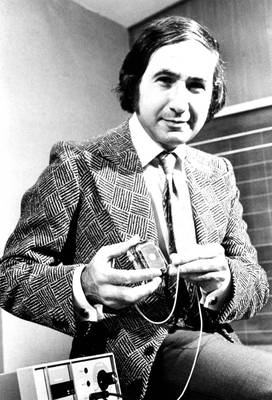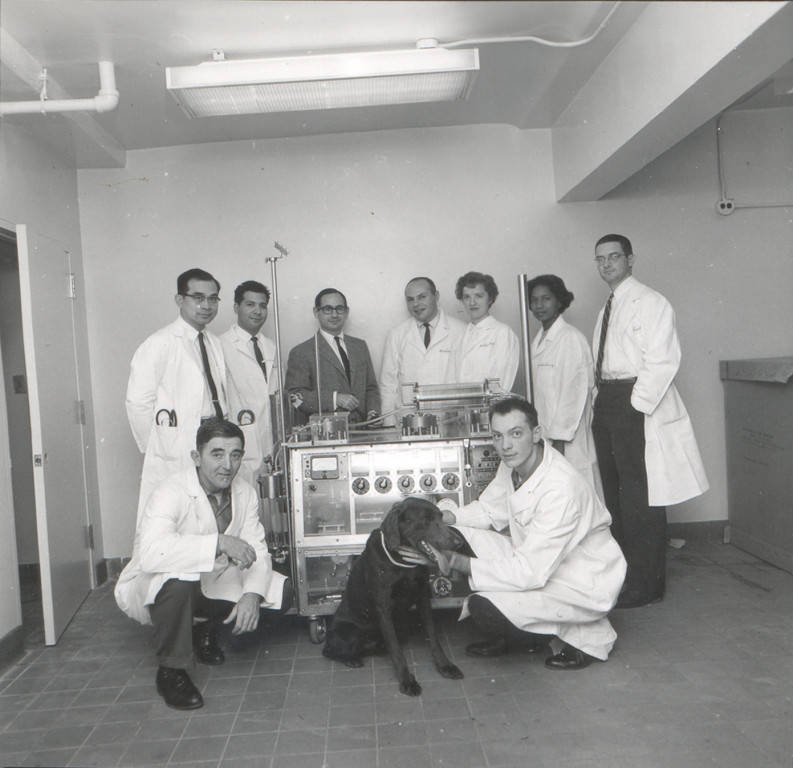Partnership with Albert Starr

By 1947, Edwards was independently wealthy, and retired from Weyerhaeuser Company. Margaret hoped that her husband would embark on a leisurely retirement involving golf and travel. Edwards, who had no training in cardiac physiology, began to think about the heart. He reasoned it was a pump and he should be able to invent a device to replace it when it failed from disease. Edwards’s son, Dr. Miles Edwards, recalled that his father “was sick for one year as a teenager with rheumatic fever… He came out of this illness without developing a murmur or any evident impairment. Perhaps because of this he would always be interested in medicine, especially the heart.”
A pivotal moment in Edwards’s career occurred in the late spring of 1958, when the 60-year-old Edwards introduced himself to a 32-year-old cardiac surgeon, Albert Starr.

Starr, trained in New York, had recently accepted the opportunity to implement an open heart surgery program at the University of Oregon. At the time cardiopulmonary bypass was a risky procedure. Starr arrived in August 1957, and by the time he met Edwards nine months later, Starr had trained a team that could successfully put a dog on full cardiopulmonary bypass, using refined methods for working inside the animals’ non-beating heart. With the team trained in the lab, Starr had performed successful open heart surgery on children with congenital heart malformations. Edwards proposed that he and Starr collaborate on the invention of a mechanical heart that could replace a failing human heart. Starr convinced Edwards to focus on inventing a prosthetic heart valve. Edwards would construct the valve prototypes and Starr would insert them into the hearts of dogs.